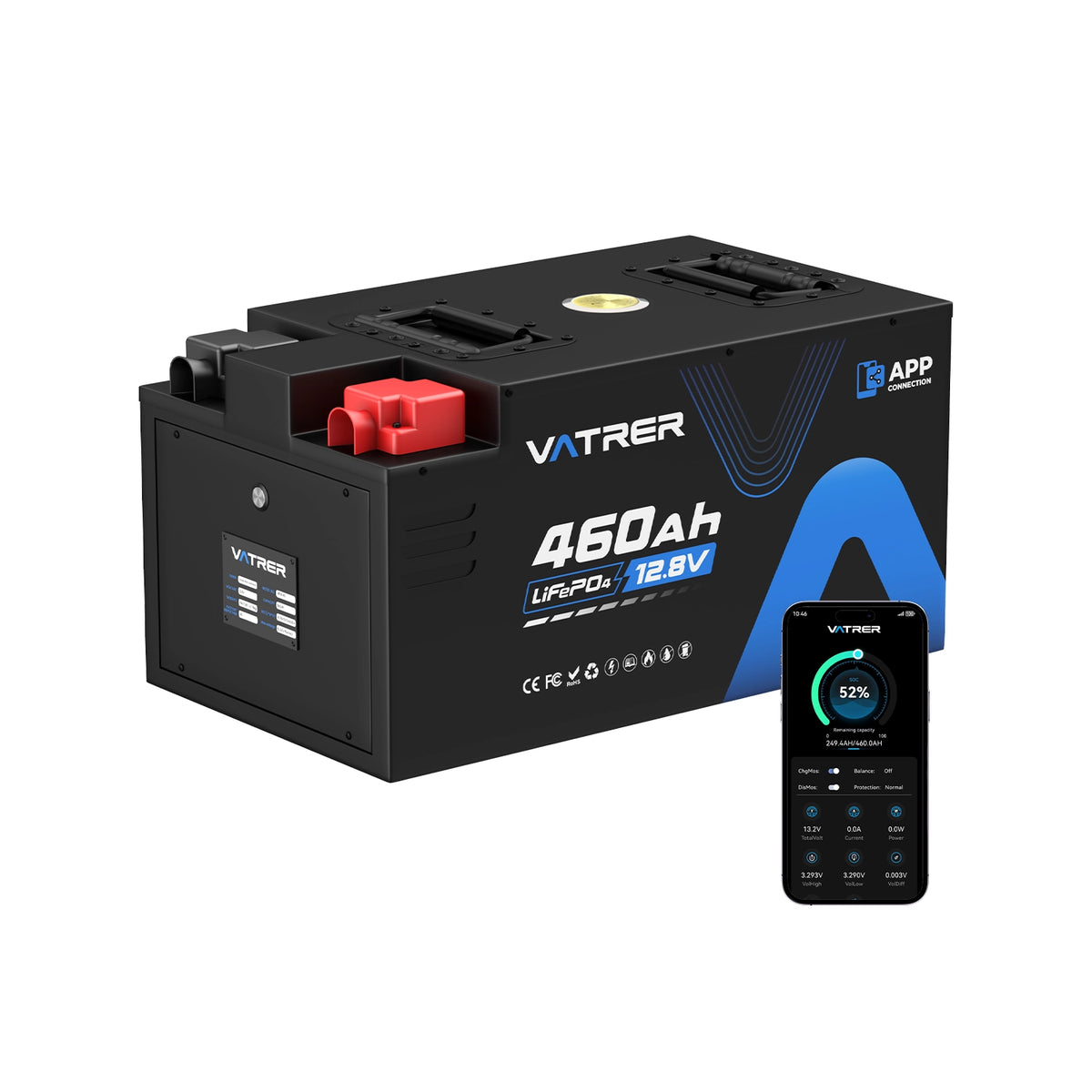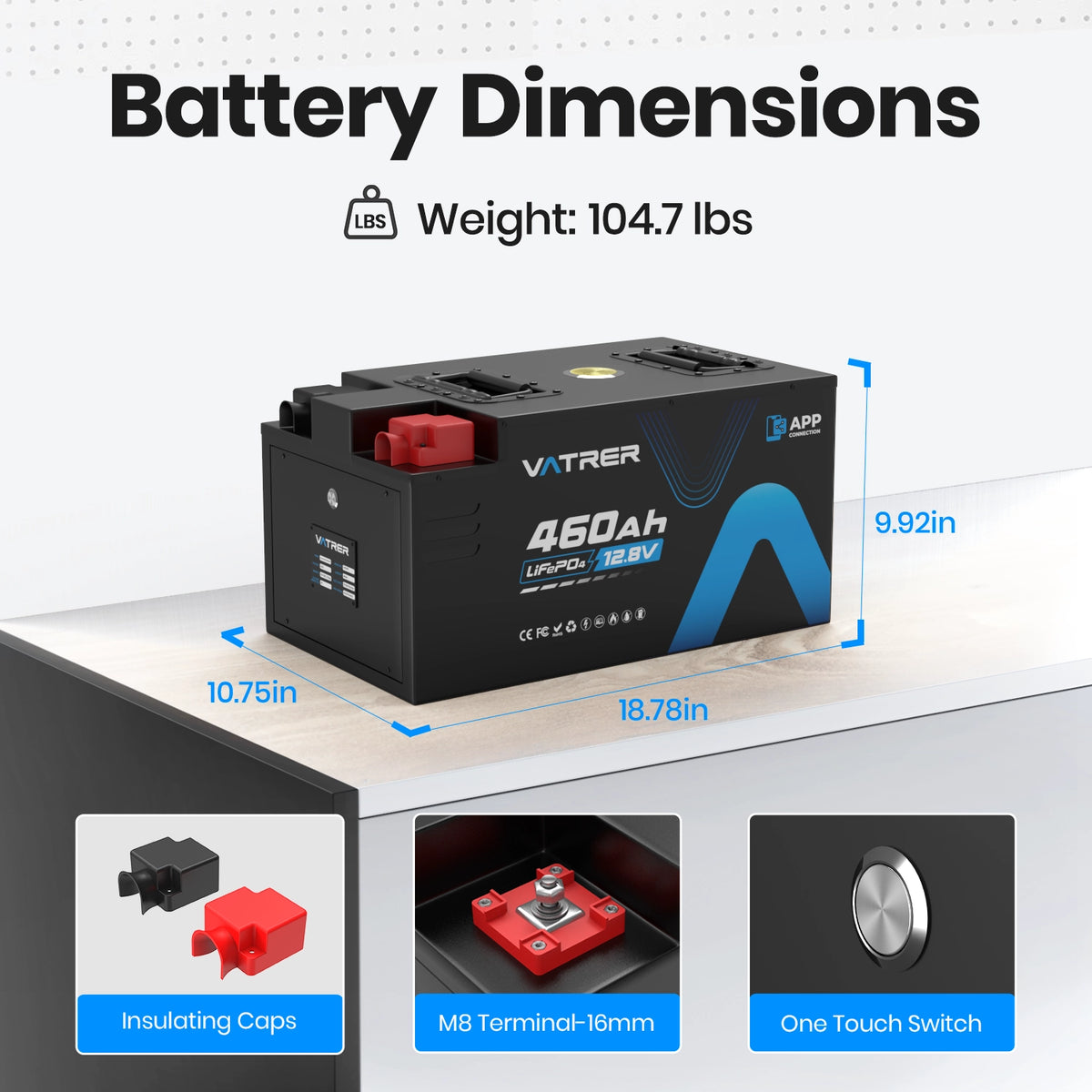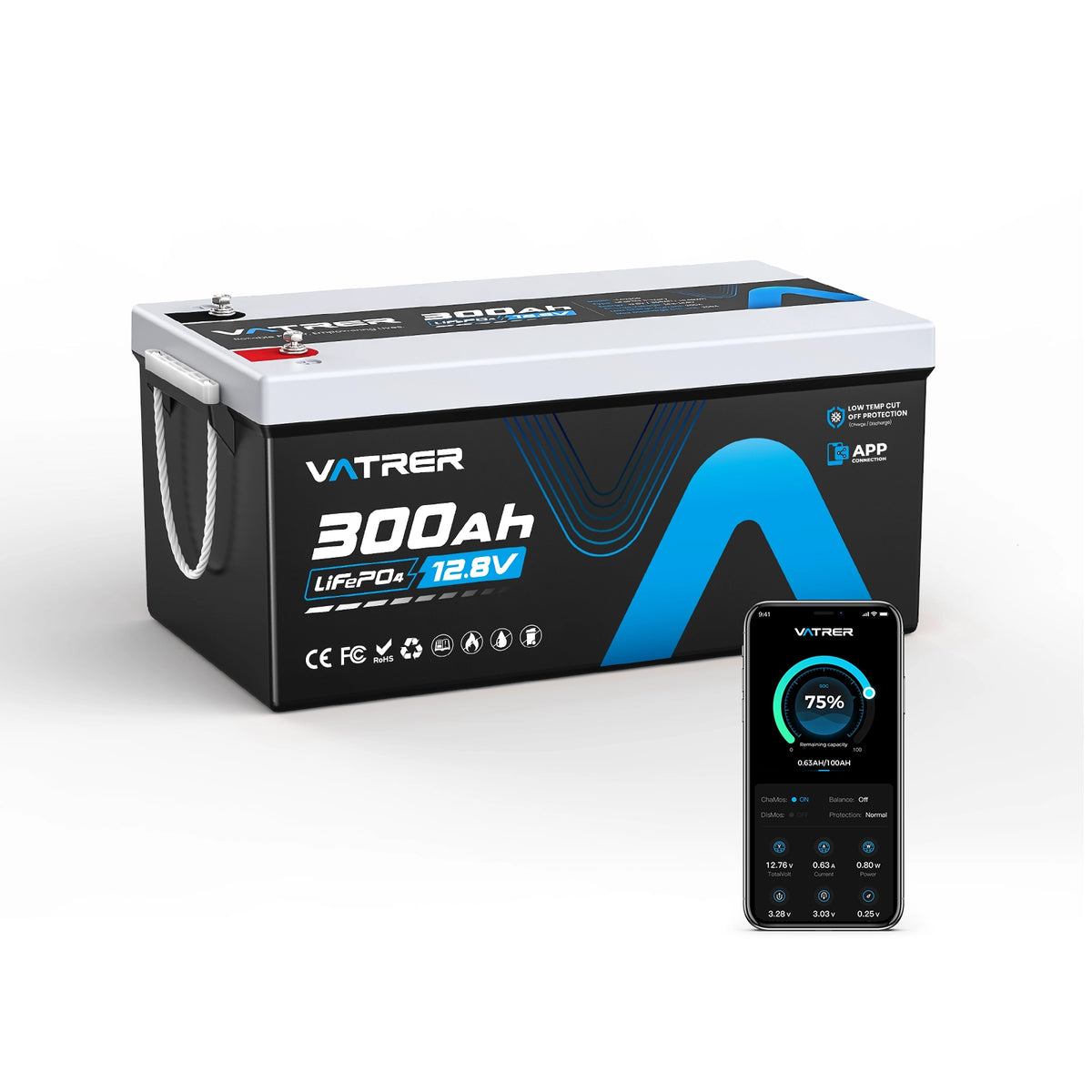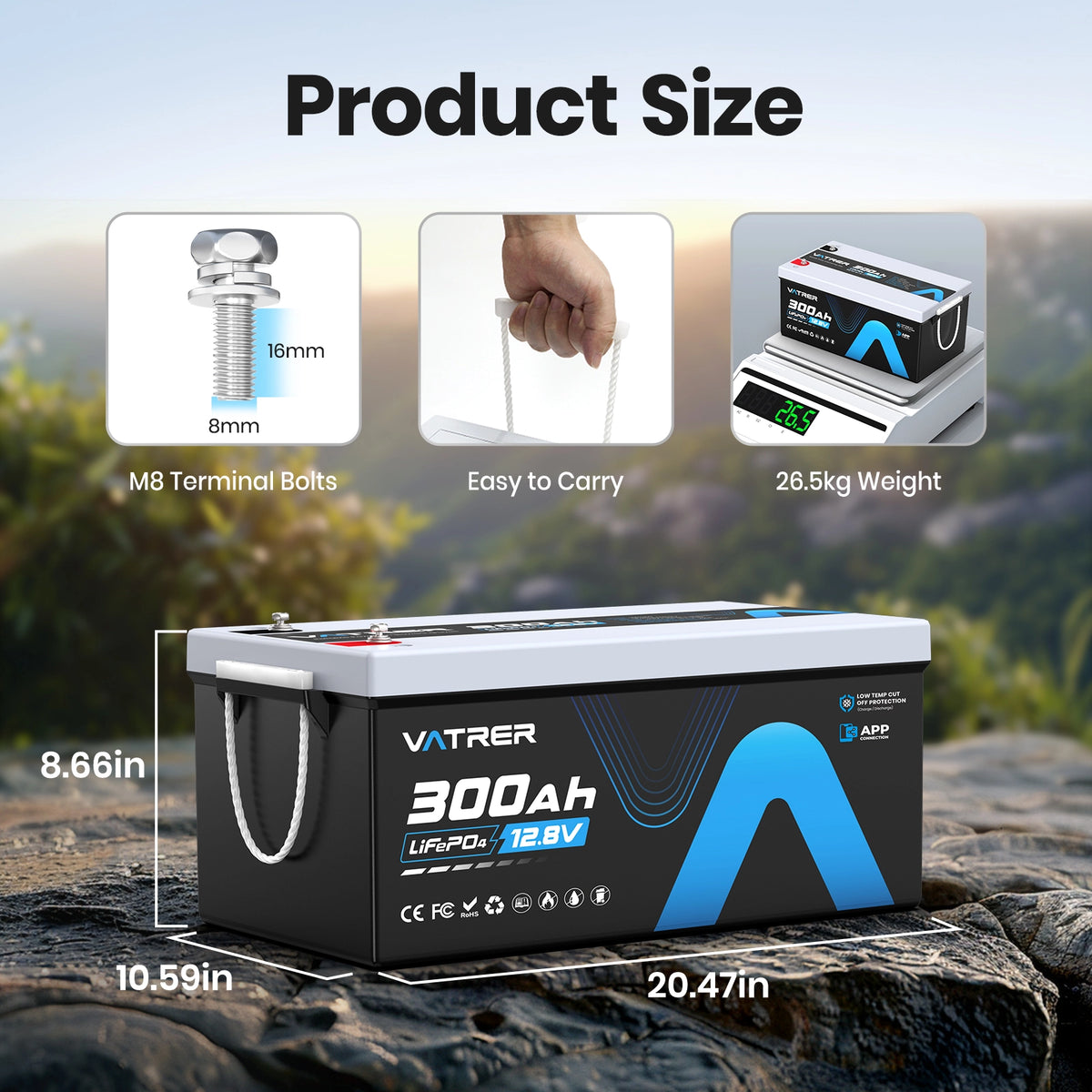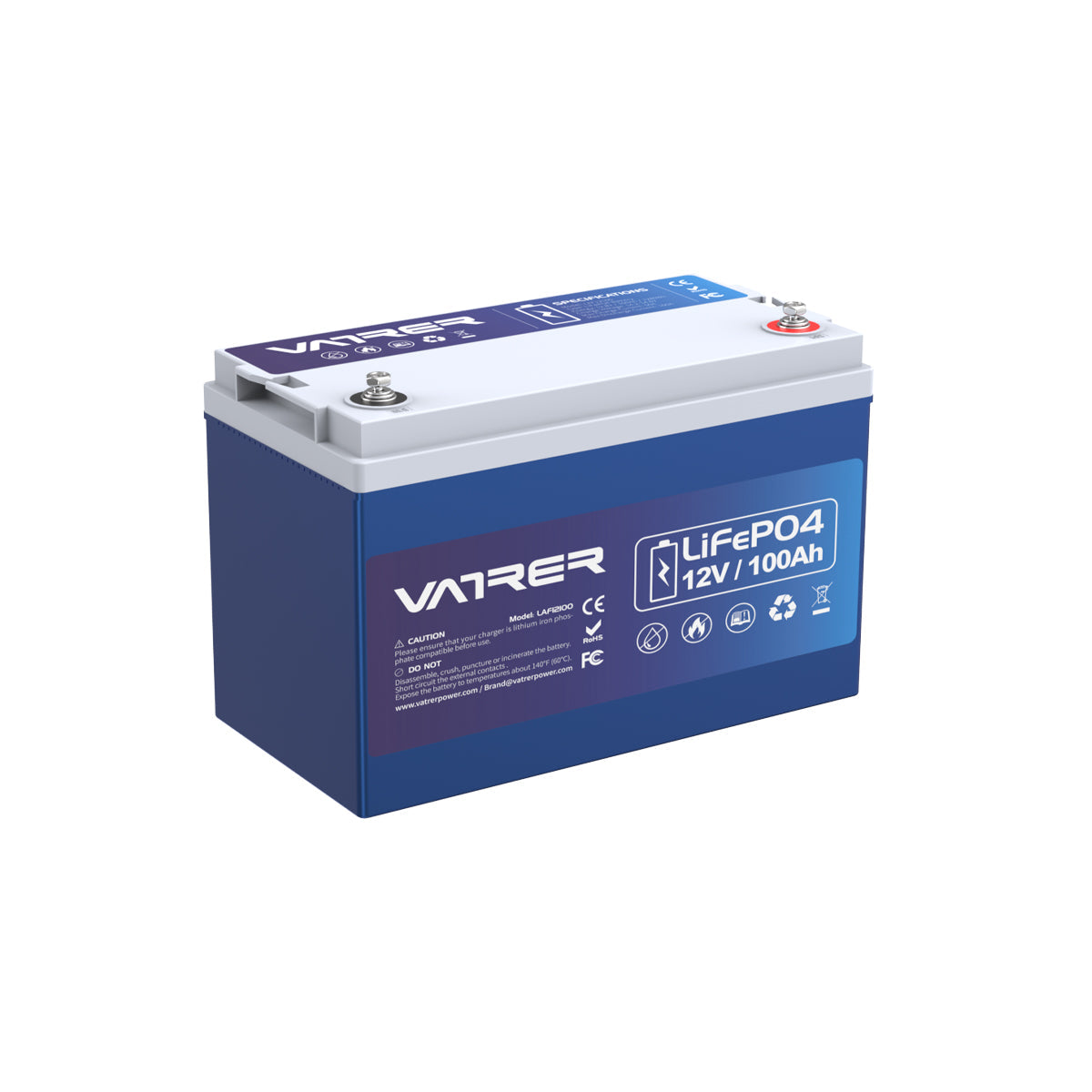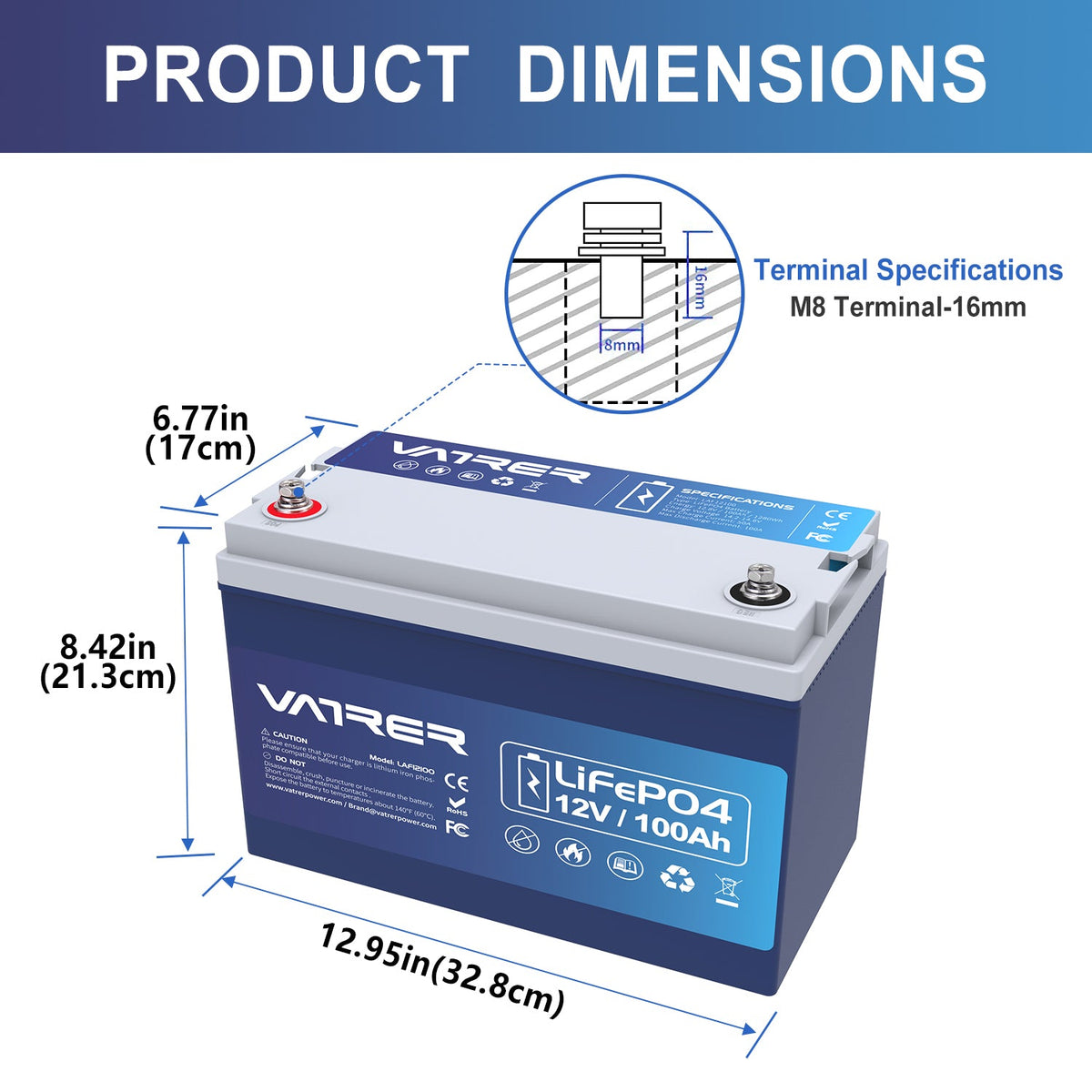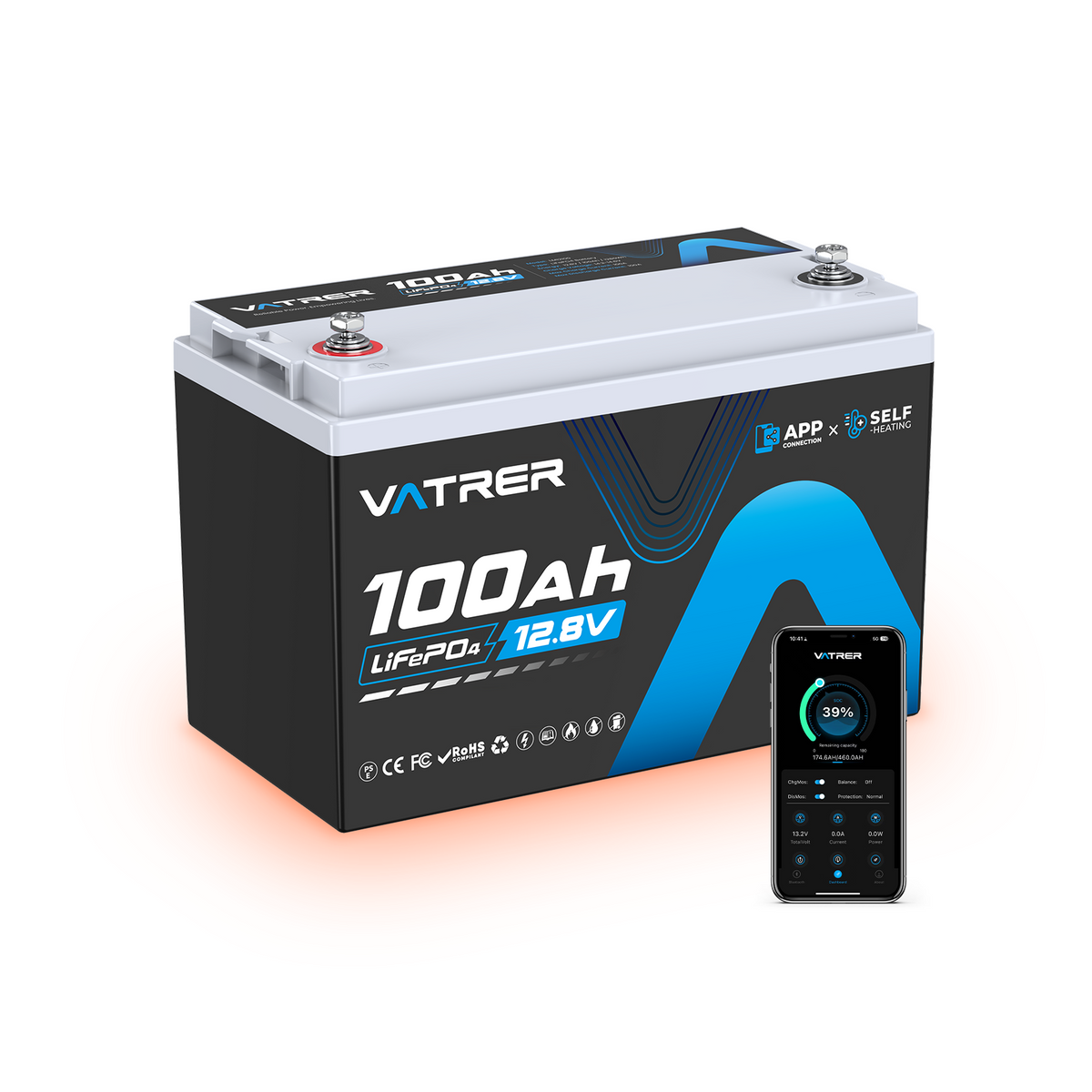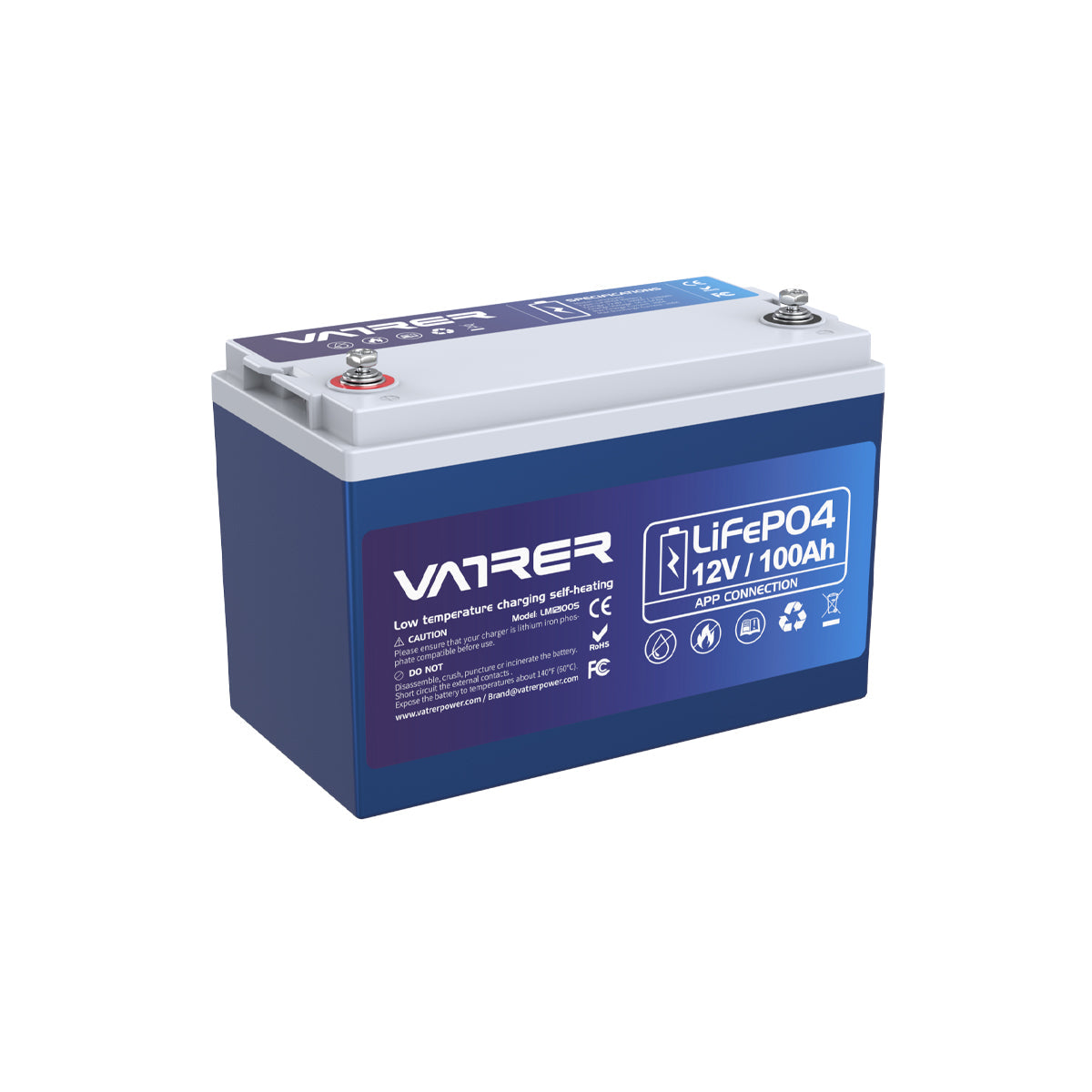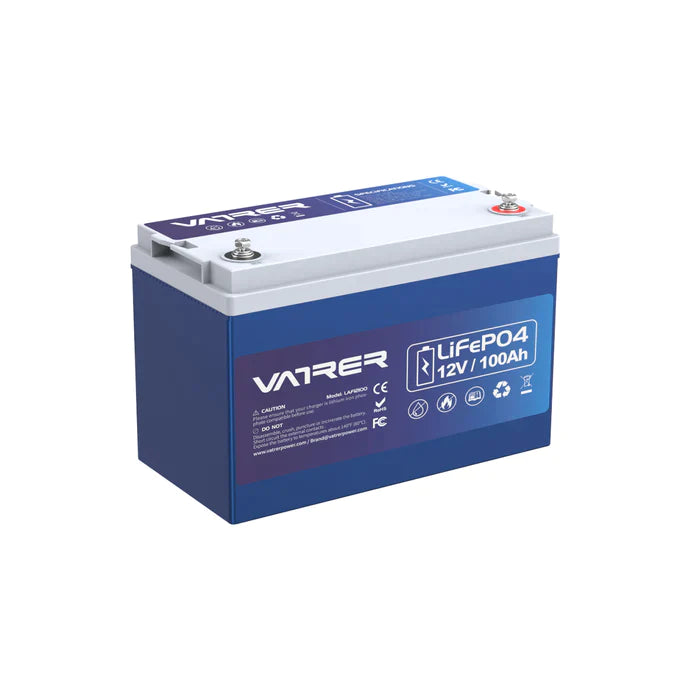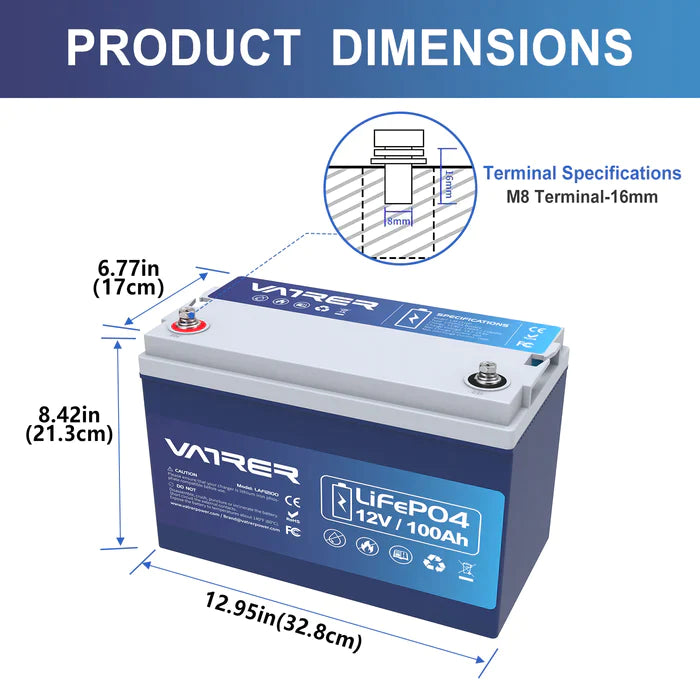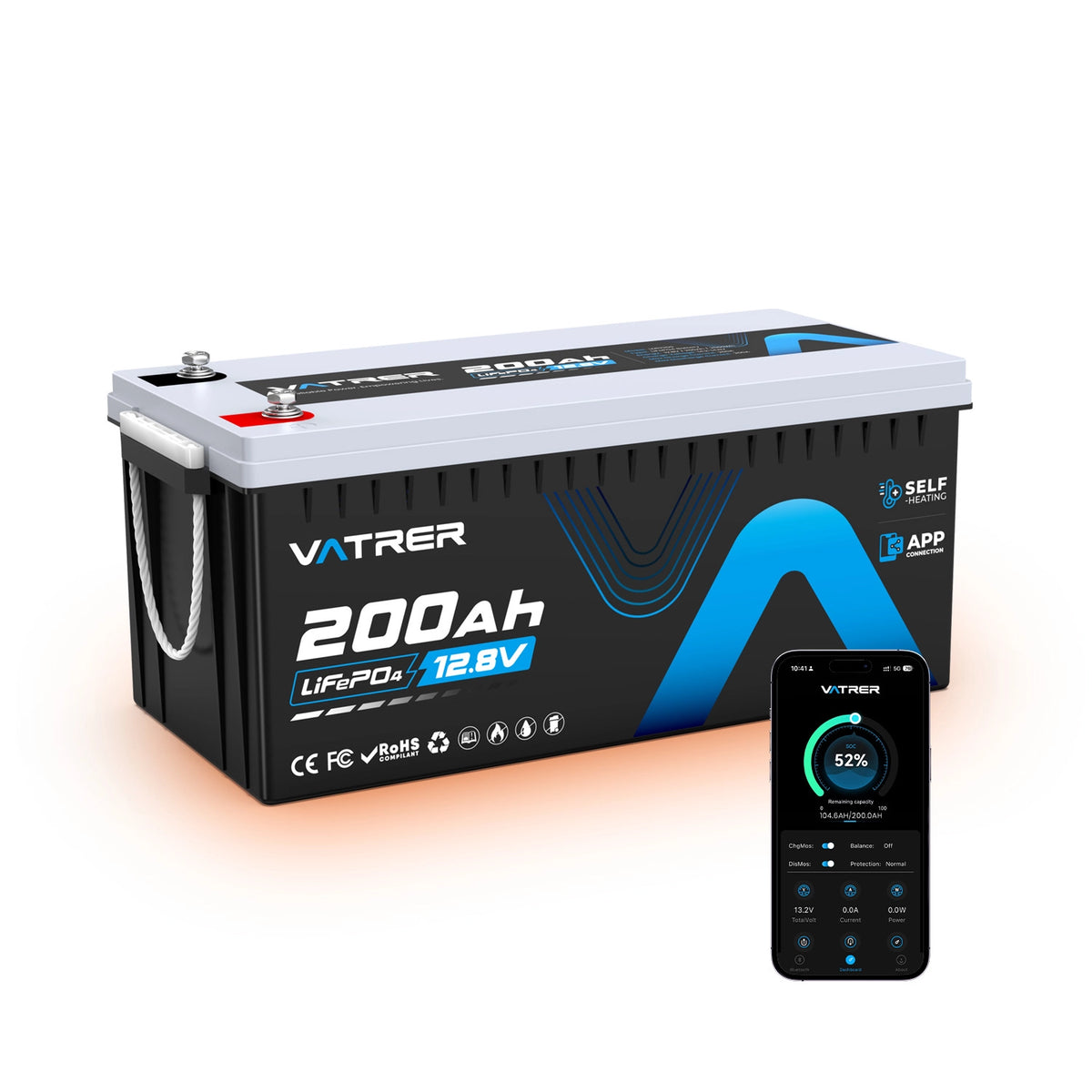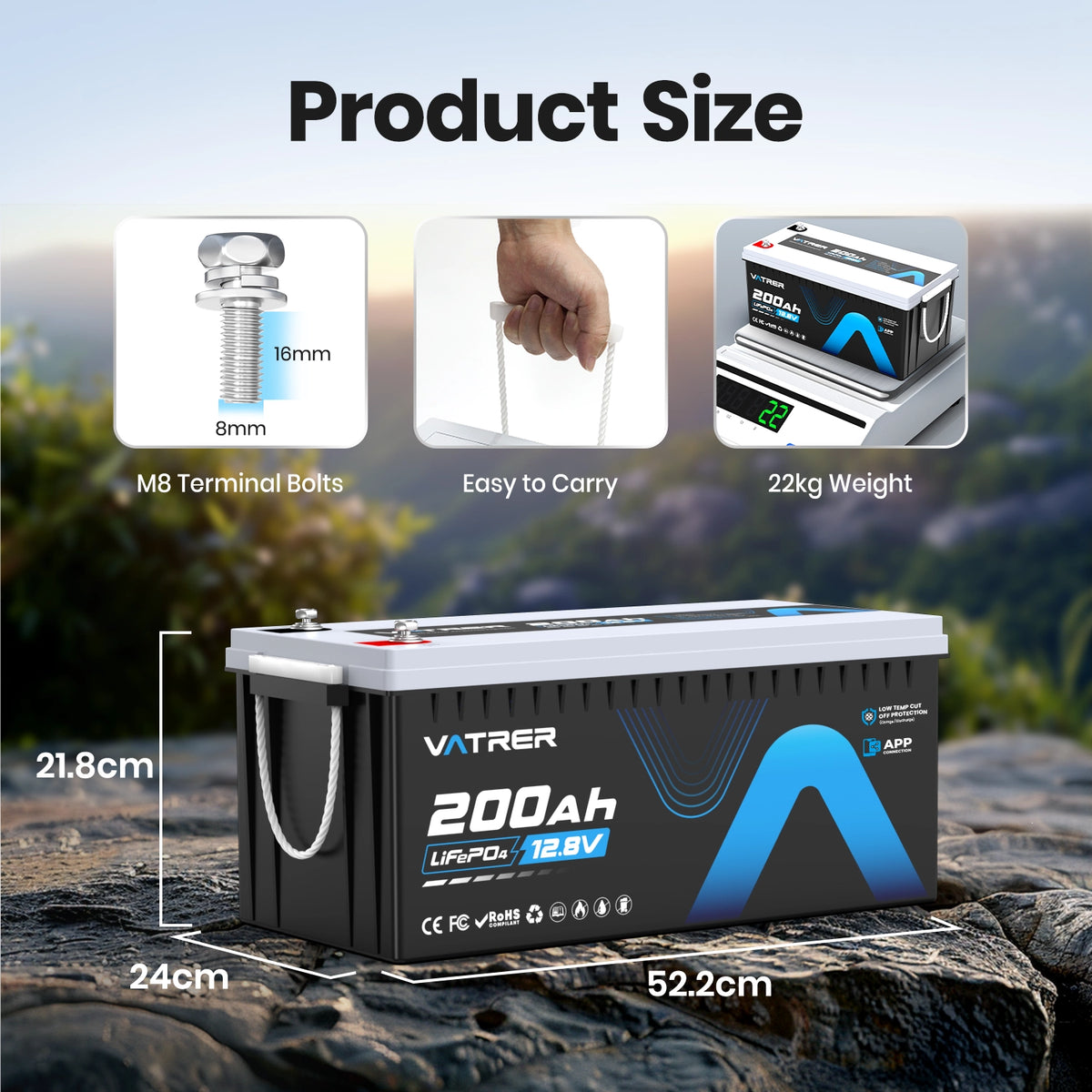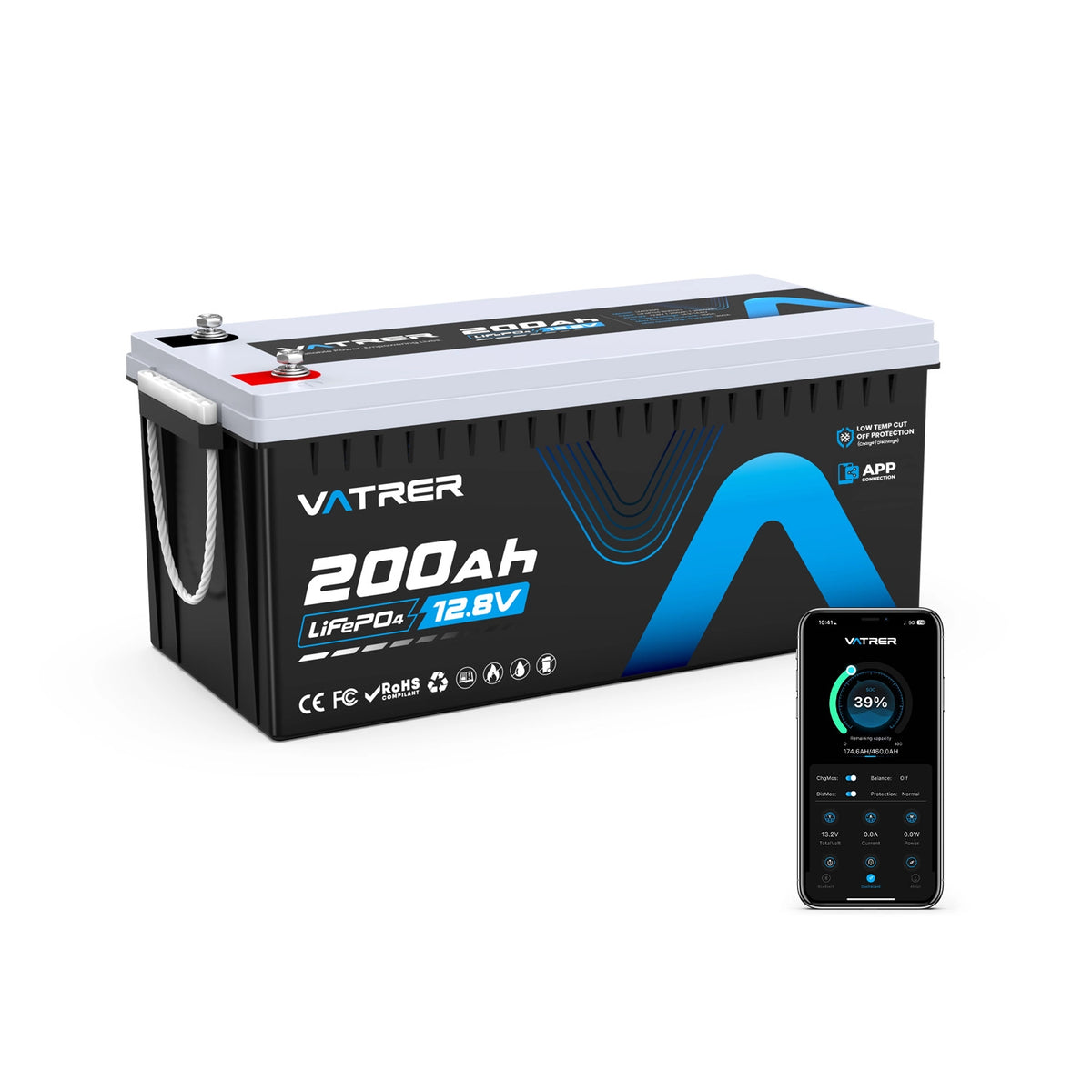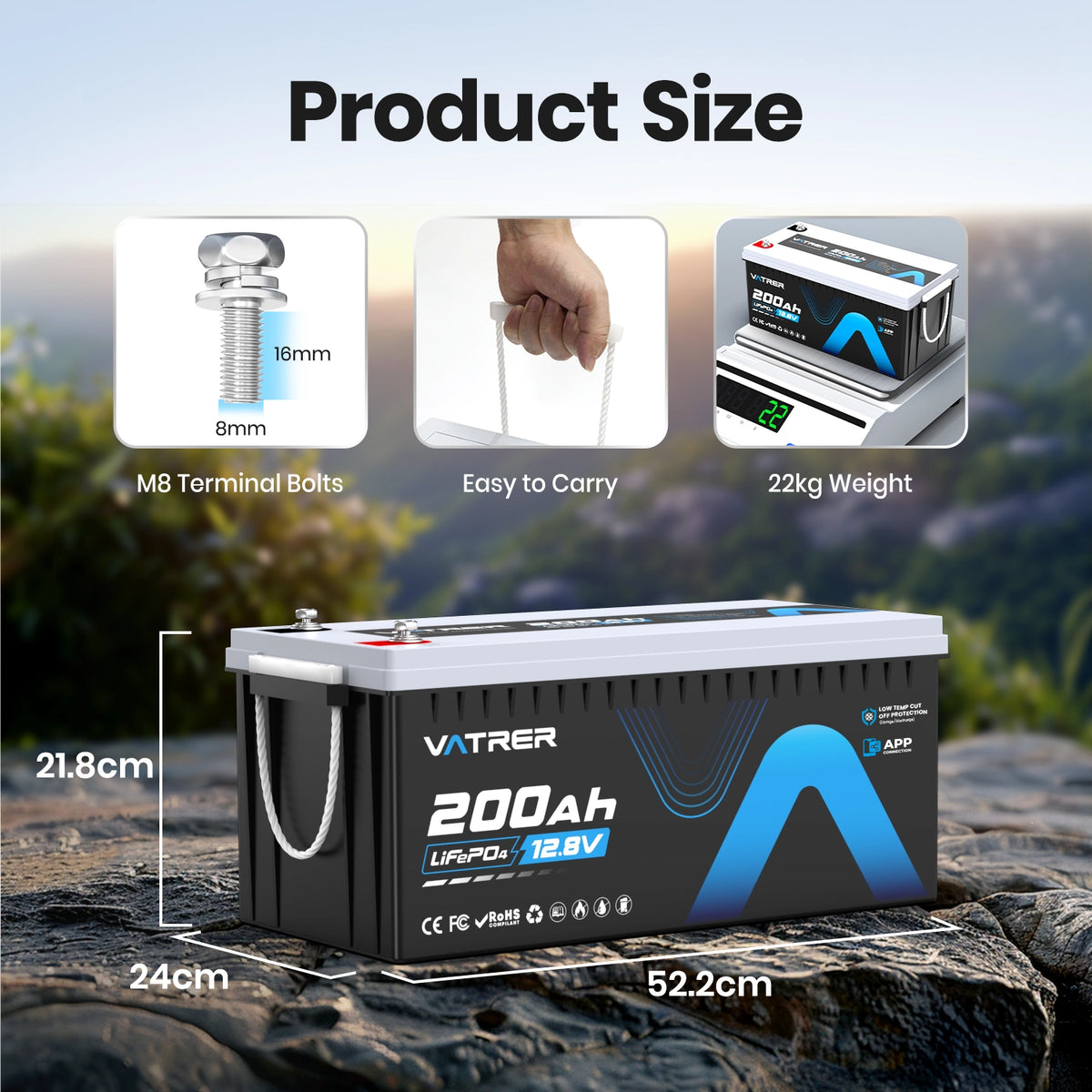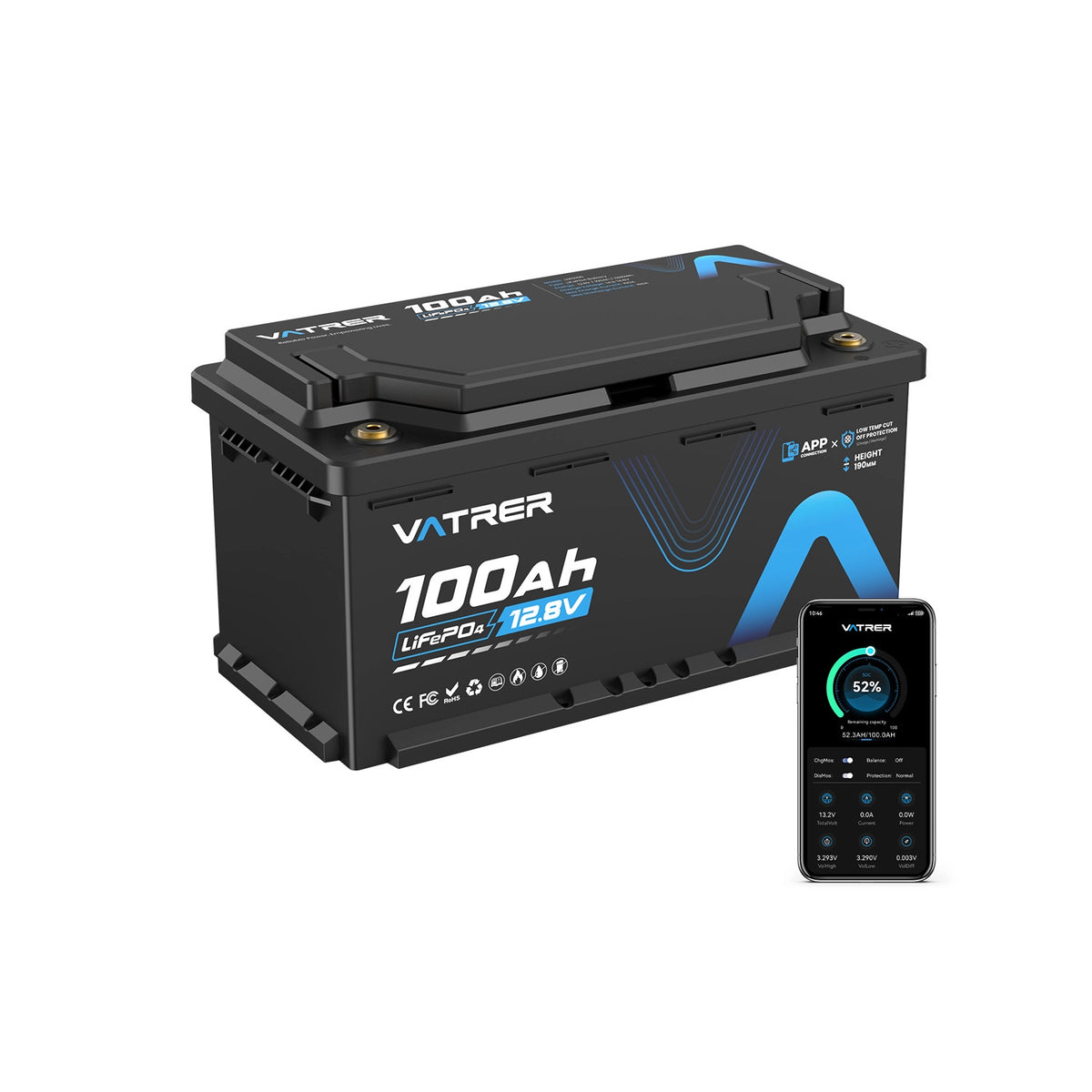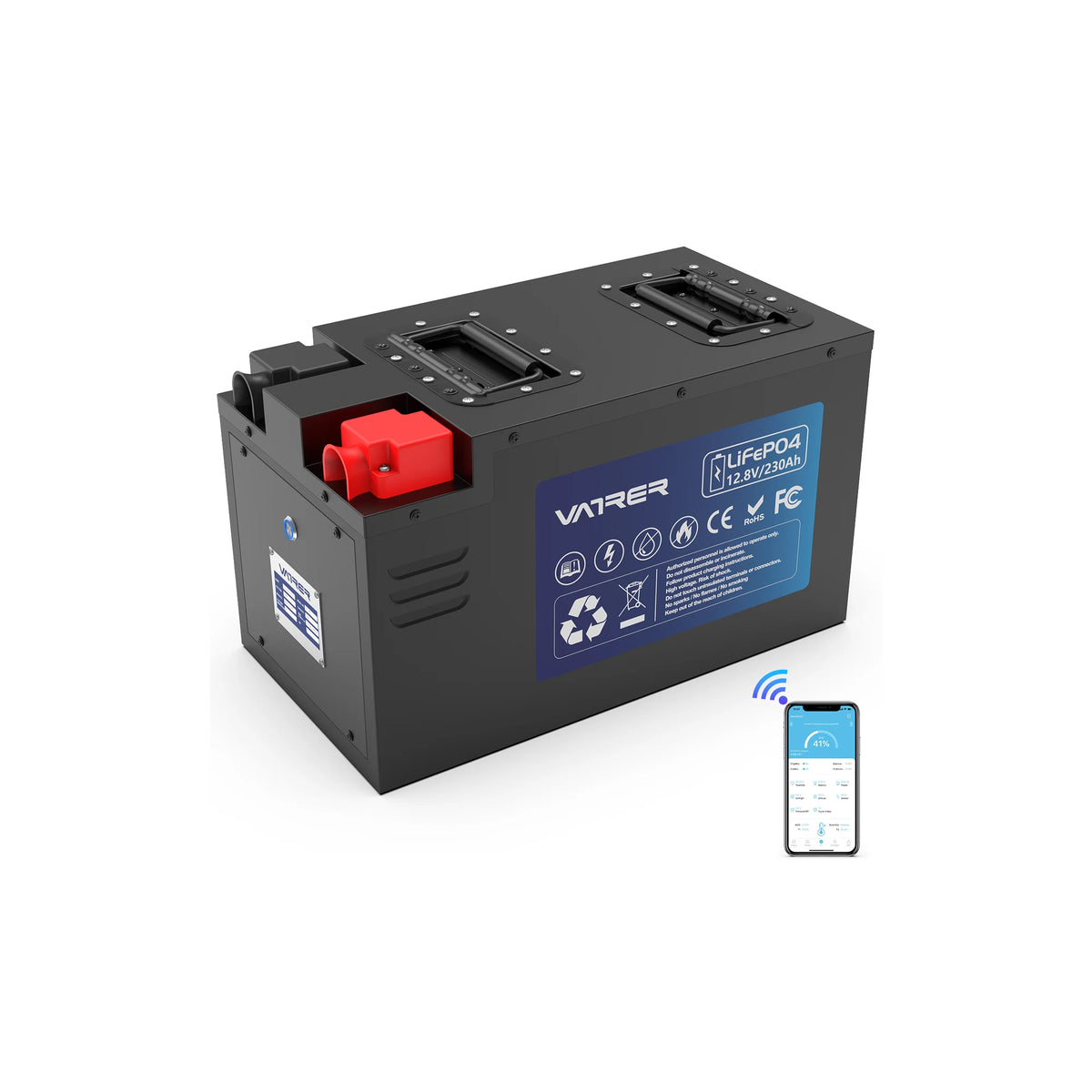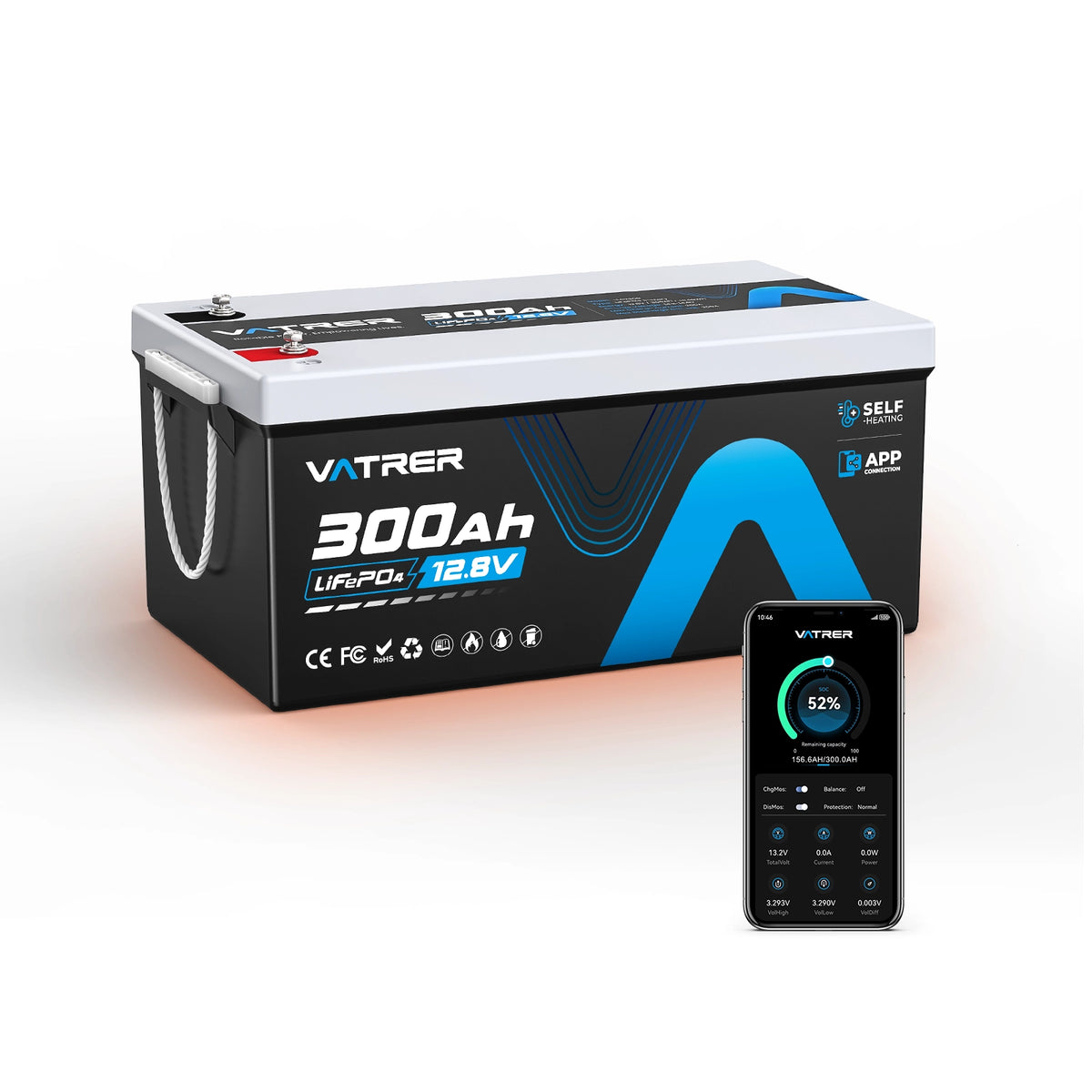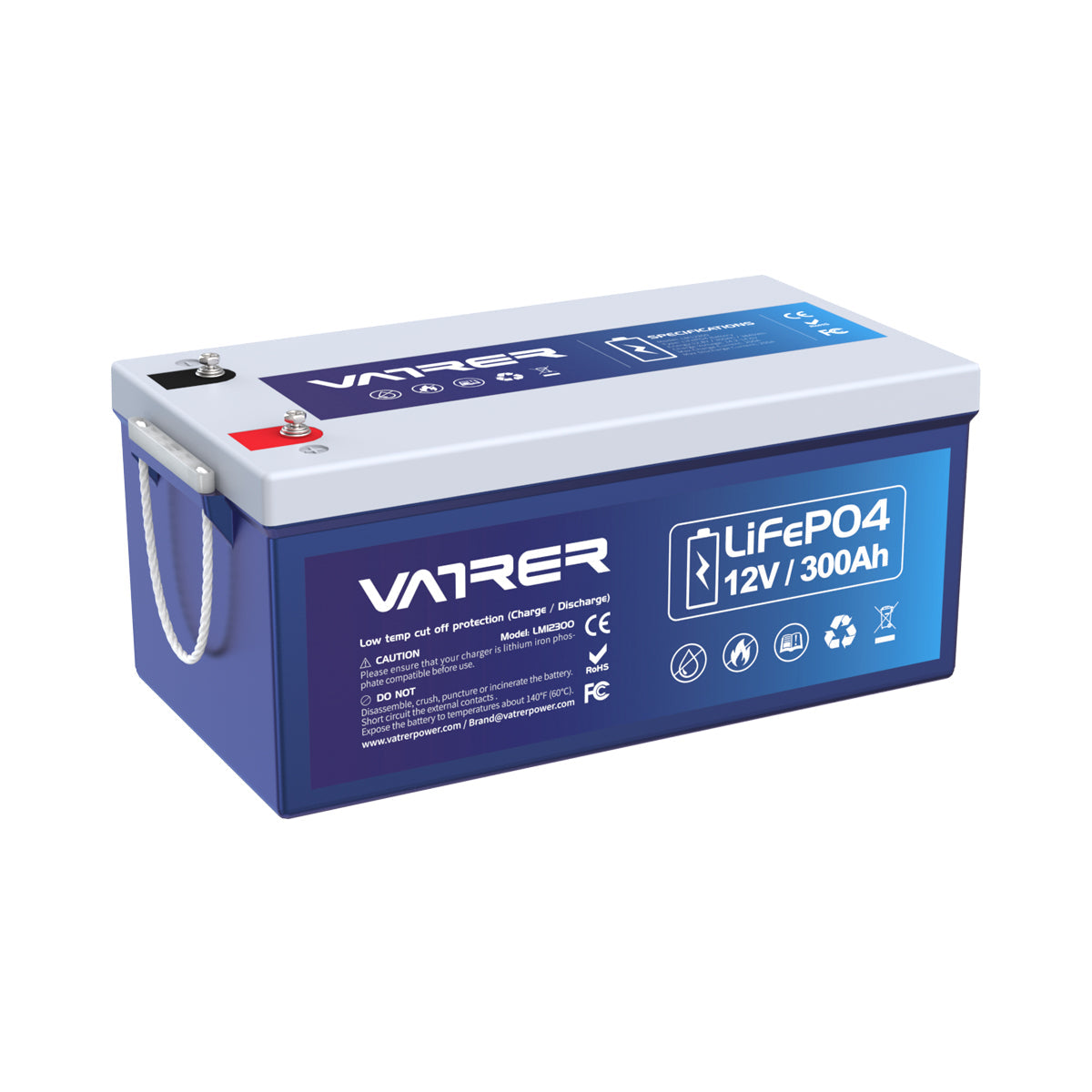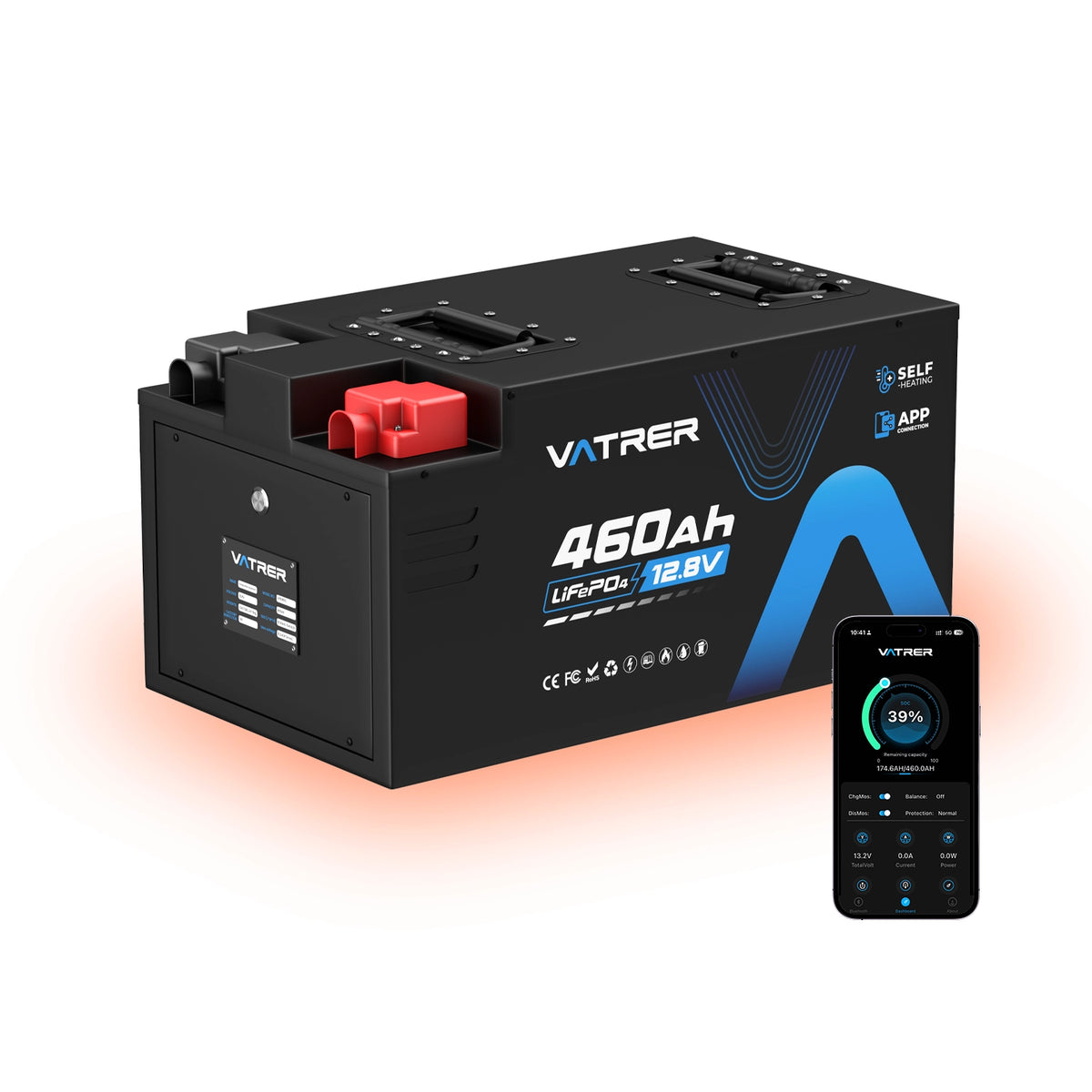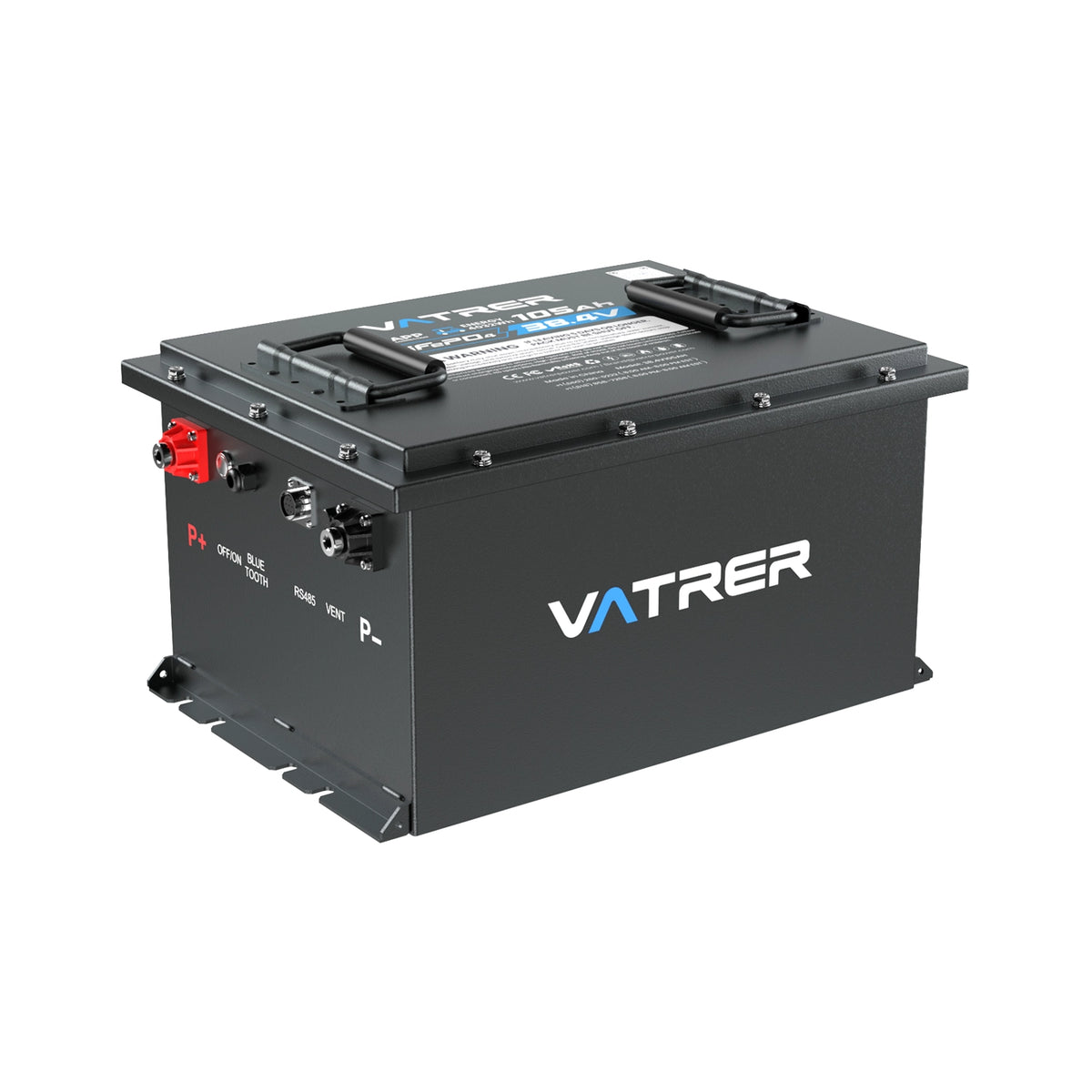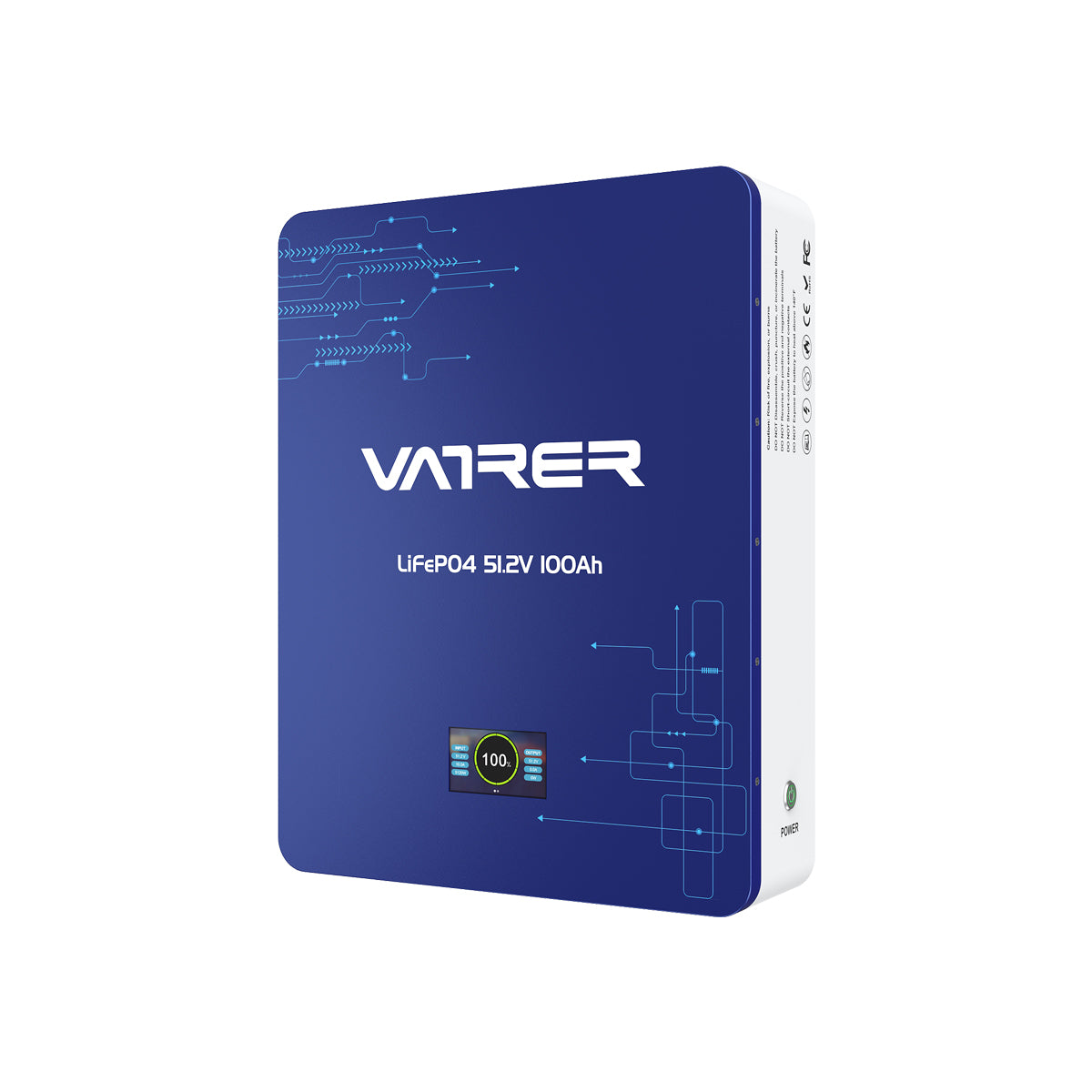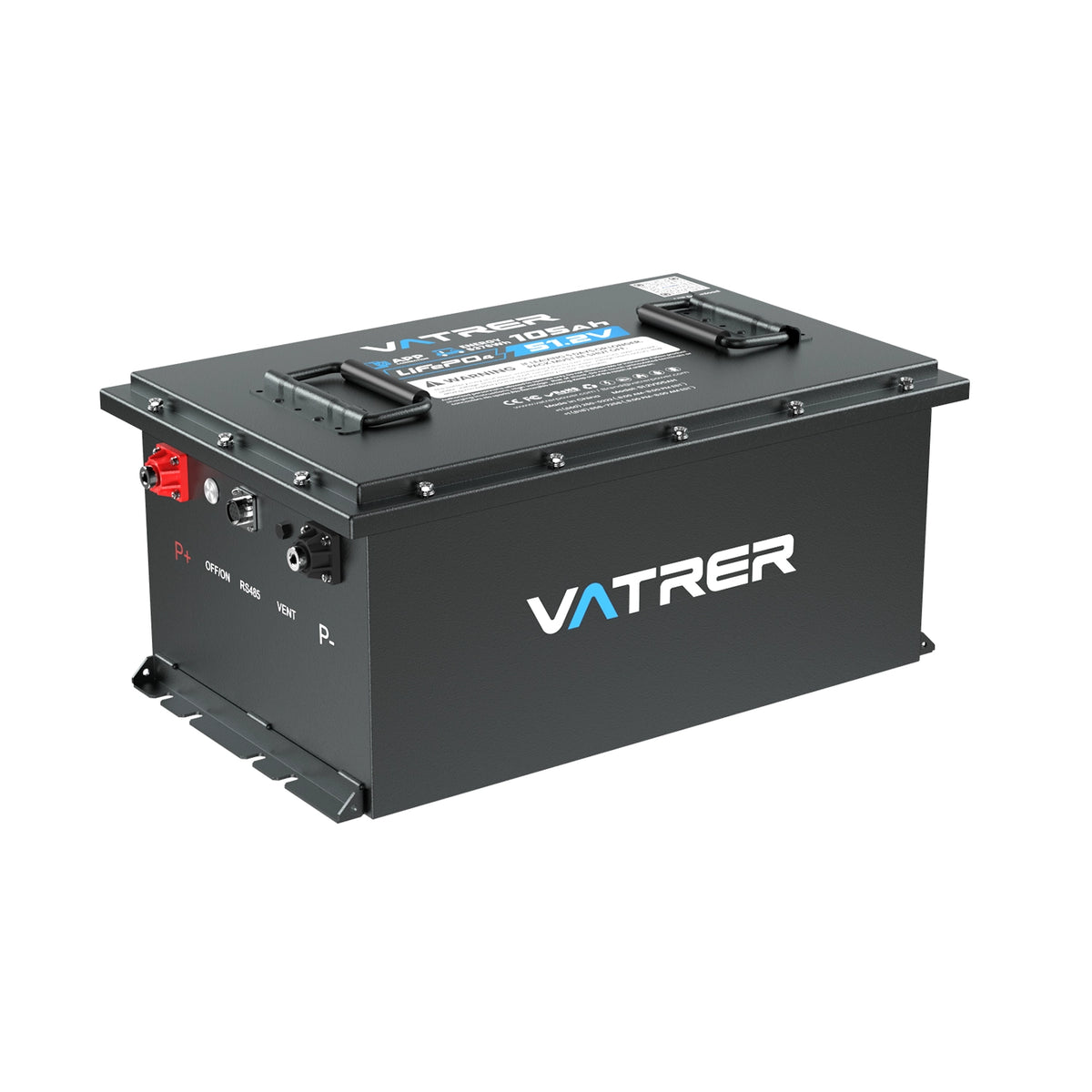1. Einleitung
Übersicht über Solarpanelsysteme
Solaranlagen erfreuen sich als nachhaltige Energielösung zunehmender Beliebtheit und bieten eine umweltfreundliche Alternative zu herkömmlichen Energiequellen. Diese Anlagen wandeln Sonnenlicht mithilfe von Photovoltaikzellen (PV-Zellen) in Elektrizität um, die dann zur Stromversorgung von Haushalten, Unternehmen und sogar Fahrzeugen verwendet wird. Die Effizienz und Zuverlässigkeit einer Solaranlage hängt von mehreren Faktoren ab, darunter der Qualität der Paneele, des Wechselrichters und der Verkabelung, mit der die Komponenten verbunden werden.
Bedeutung der Wahl des richtigen Drahtdurchmessers
Einer der entscheidenden Aspekte bei der Entwicklung eines Solarpanelsystems ist die Auswahl des richtigen Drahtdurchmessers. Der Drahtdurchmesser bestimmt die Strommenge, die sicher durch den Draht fließen kann, ohne dass es zu Überhitzung oder Energieverlust kommt. Die Verwendung des richtigen Drahtdurchmessers stellt sicher, dass das System effizient und sicher arbeitet, das Risiko elektrischer Brände minimiert und die Energieübertragung maximiert wird.
2. Den Drahtdurchmesser verstehen
Erklärung von AWG (American Wire Gauge)
Das American Wire Gauge (AWG) ist ein standardisiertes System zur Angabe des Durchmessers von elektrischen Leitungen. Die Gauge-Nummer steht in umgekehrter Beziehung zum Durchmesser des Drahtes; eine niedrigere Gauge-Nummer weist auf einen dickeren Draht hin. Beispielsweise ist ein 8-AWG-Draht dicker als ein 10-AWG-Draht. Die Dicke des Drahtes beeinflusst seine Strombelastbarkeit und seinen Widerstand, die bei elektrischen Installationen entscheidende Faktoren sind.
Eigenschaften von 8 AWG-Draht
Ein 8-AWG-Draht ist mit einem Durchmesser von etwa 3,26 mm (0,128 Zoll) relativ dick. Er kann eine beträchtliche Strommenge übertragen, typischerweise bis zu 40–55 Ampere, je nach Isolierungstyp und Installationsbedingungen. Dadurch eignet er sich für Anwendungen, bei denen höhere Stromlasten zu erwarten sind, wie etwa in Solarpanelsystemen mit mehreren parallel geschalteten Panels.
Verwandte Artikel:
AWG verstehen: Wofür steht es?

3. Faktoren, die die Auswahl des Drahtdurchmessers beeinflussen
Strombelastbarkeit
Die Strombelastbarkeit oder Stromstärke eines Kabels ist ein wichtiger Aspekt bei der Auswahl des geeigneten Querschnitts. Sie bezieht sich auf die maximale Menge an elektrischem Strom, die ein Kabel übertragen kann, bevor die Gefahr einer Überhitzung besteht. Bei Solarpanelsystemen muss das Kabel die kombinierte Stromabgabe aller angeschlossenen Panels bewältigen können. Ein 8-AWG-Kabel mit seiner höheren Stromstärke ist für Systeme mit höherem Strombedarf geeignet.
Überlegungen zum Spannungsabfall
Der Spannungsabfall ist ein weiterer kritischer Faktor bei der Auswahl des Kabeldurchmessers. Er bezieht sich auf die Verringerung der Spannung, wenn Strom durch das Kabel fließt. Ein übermäßiger Spannungsabfall kann zu Ineffizienzen und verringerter Leistung des Solarpanelsystems führen. Um den Spannungsabfall zu minimieren, sind dickere Kabel (niedrigere AWG-Nummern) vorzuziehen, insbesondere bei längeren Strecken. Ein 8-AWG-Kabel bietet ein gutes Gleichgewicht zwischen Dicke und Flexibilität und reduziert den Spannungsabfall bei längeren Strecken.
Distanz und Widerstand
Auch der Abstand zwischen den Solarmodulen und dem Wechselrichter bzw. Laderegler beeinflusst die Wahl des Kabelquerschnitts. Längere Entfernungen erhöhen den Widerstand im Kabel, was zu höheren Spannungsabfällen führt. Ein 8-AWG-Kabel mit seinem geringeren Widerstand ist für Installationen von Vorteil, bei denen die Module weit von den anderen Systemkomponenten entfernt sind.
4. Eignung von 8 AWG-Kabeln für Solarmodule
Typische Anwendungen und Szenarien
8 AWG-Draht wird häufig bei Solarpanel-Installationen verwendet, bei denen die Stromabgabe des Systems relativ hoch ist oder der Abstand zwischen den Komponenten groß ist. Er eignet sich für den Parallelanschluss mehrerer Panels, bei denen der kombinierte Strom die Kapazität dünnerer Drähte überschreiten kann. Darüber hinaus wird 8 AWG-Draht häufig in Systemen mit Panels mit höherer Wattzahl verwendet, um eine effiziente Energieübertragung und minimale Verluste zu gewährleisten.
Vergleich mit anderen Drahtstärken
Im Vergleich zu anderen Drahtstärken wie 10 AWG oder 12 AWG bietet 8 AWG-Draht eine höhere Strombelastbarkeit und einen geringeren Widerstand. Dies macht ihn zur bevorzugten Wahl für größere Solarpanelsysteme oder Installationen mit längeren Kabelstrecken. Allerdings muss man die Vorteile der Verwendung dickerer Drähte gegen die höheren Kosten und die geringere Flexibilität abwägen, die mit größeren Stärken einhergehen.
5. Hinweise zur Installation
Sicherheitsnormen und -vorschriften
Bei der Installation von Solaranlagen ist es wichtig, Sicherheitsnormen und -vorschriften einzuhalten, um die Zuverlässigkeit und Sicherheit des Systems zu gewährleisten. Der National Electrical Code (NEC) enthält Richtlinien für Kabeldimensionierung, Installationspraktiken und Sicherheitsmaßnahmen. Die Verwendung von 8 AWG-Kabeln in Übereinstimmung mit diesen Normen hilft, Überhitzung, elektrische Brände und andere Gefahren zu vermeiden.
Steckverbinderkompatibilität
Ein weiterer Aspekt bei der Verwendung von 8-AWG-Kabeln ist die Kompatibilität der Steckverbinder. Viele Steckverbinder für Solarmodule, wie z. B. MC4-Steckverbinder, sind für bestimmte Kabelstärken ausgelegt. Um eine sichere und effiziente Verbindung zu gewährleisten, muss unbedingt sichergestellt werden, dass die bei der Installation verwendeten Steckverbinder mit 8-AWG-Kabeln kompatibel sind.
6. Fazit
Zusammenfassung der Ergebnisse
Zusammenfassend lässt sich sagen, dass 8 AWG-Kabel eine geeignete Wahl für Solarpanel-Installationen mit höherem Strombedarf oder größeren Abständen zwischen den Komponenten sind. Seine höhere Strombelastbarkeit und sein geringerer Widerstand machen es zu einer effizienten Option, um den Spannungsabfall zu minimieren und die Energieübertragung zu maximieren. Bei der Auswahl des geeigneten Kabeldurchmessers müssen jedoch unbedingt die spezifischen Anforderungen des Solarpanel-Systems berücksichtigt werden, einschließlich Stromabgabe, Entfernung und Anschlusskompatibilität.
Empfehlungen für die Installation von Solarmodulen
Für optimale Leistung und Sicherheit wird empfohlen, vor der Auswahl des Kabeldurchmessers eine gründliche Bewertung der Anforderungen des Solarpanelsystems durchzuführen. Berücksichtigen Sie Faktoren wie Strombelastbarkeit, Spannungsabfall und Entfernung, um zu bestimmen, ob 8 AWG-Kabel die beste Wahl für Ihre Installation sind. Stellen Sie außerdem sicher, dass die Sicherheitsnormen und -vorschriften eingehalten werden, um das System und seine Benutzer zu schützen. Durch sorgfältige Auswahl des geeigneten Kabeldurchmessers können Sie die Effizienz und Zuverlässigkeit Ihres Solarpanelsystems verbessern und so zu einer nachhaltigen und umweltfreundlichen Energielösung beitragen.







